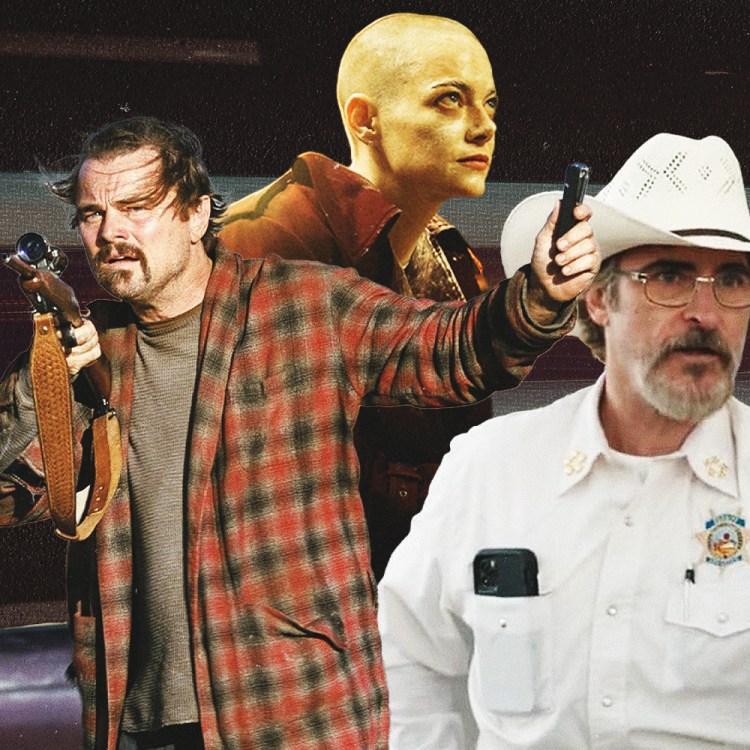There are two types of mountaineers in the world: those who climb the mountain for their love of the mountain, and those who climb the mountain for their love of validation for having climbed the mountain.
And Edmund Hillary and George Lowe — two climbers who have been the subjects of a bevy of biographies (and autobiographies) depicting their successful 1953 Mount Everest expedition — fall into the latter camp. They were the Anglos who conquered the world’s tallest peak, and were happy to shout out their success from said peak.
But what about the other guys? The ones who summitted nearby Mukut Parbat two years earlier where Lowe and Hillary had failed, handled much of the planning and legwork for the 1953 trek, and then made no fuss about it afterward?
Well, obviously you never heard about them. Until now.
In her new book Only Two for Everest, Lyn McKinnon unearths the real history of Hillary’s Himalayan expeditions, focusing on two lesser-known mountaineers — Earle Riddiford and Ed Cotter — who were in many ways Lowe and Hillary’s superiors.
“The point of my book, largely, is to counteract a lot of misinformation that originated from accounts given by Lowe and Hillary,” commented McKinnon, a journalist who lives in New Zealand. She found this information by interviewing Cotter and reading diaries he kept at the time, along with Riddiford’s detailed notes (he died in 1989) and records from the New Zealand Alpine Club, which were embargoed until recently.
It’s a crazy story. We interviewed McKinnon about the expedition, why it’s gone untold for so long, and what mountaineering was like in its proverbial frontier days.
InsideHook: Were Earle Riddiford and Ed Cotter on the mountain with Hillary and Lowe, or just there to help plan?
Lyn McKinnon: Earle Riddiford led the expedition. Hillary and Lowe were replacements for more experienced climbers who had to pull out. Riddiford and Cotter climbed Mukut Parbat, Hillary and Lowe turned back, and were also defeated on two subsequent occasions — by poor weather and poor physical condition. It was a personal defeat for Hillary that followed him for a long time — probably why he wrote only briefly about it. And Lowe wrote almost nothing. Because Lowe and Hillary were the only ones to publish autobiographies, the information out there about this expedition has been very one-sided for 65 years.
Why didn’t Riddiford and Cotter speak out about this?
LM: Riddiford was an extremely focussed and determined climber. He wasn’t seeking attention as much as the biggest mountaineering challenge he could find — originally he planned for Everest, but because Tibet and Nepal were closed, and the only permission they could get was for the Garhwal Himalaya in India, Mukut Parbat was the highest unclimbed mountain available. Though few have heard of it, it is just northwest of Kamet, very familiar to most climbers.
Ed Cotter was a self-effacing type who preferred to be in the mountains or at home with friends rather than contend with the aggressive self-promotion displayed by Hillary and Lowe when they argued fiercely about which two climbers should accept Shipton’s invitation to join the Everest Reconnaisance in 1951. So though it was Riddiford and Cotter who had climbed the highest, Hillary was let in the back door. If he had not been on the Reconnaissance, it is highly unlikely he would have been in the 1953 Everest party.
IH: How do Riddiford and Cotter depict Hillary and Lowe?
LM: The four members of Riddiford’s 1951 expedition never really gelled as a team, because Hillary and Lowe had a different climbing philosophy from Riddiford and Cotter. Hillary and Lowe liked to get out in front and keep the lead: Cotter and Riddiford were used to climbing by consensus and sharing the lead. Cotter and Riddiford never voiced any criticism of Hillary and Lowe. But Lowe and Hillary denigrated Riddiford in later years, without just cause. This offended many climbers here, who recognised that had the 1951 expedition not been successful (as it was, because Riddiford and Cotter climbed Mukut Parbat), neither Hillary nor Lowe would have been on Everest.
Only Two for Everest comes out in paperback on January 1, 2017. You can preorder it here.
This article appeared in an InsideHook newsletter. Sign up for free to get more on travel, wellness, style, drinking, and culture.






















